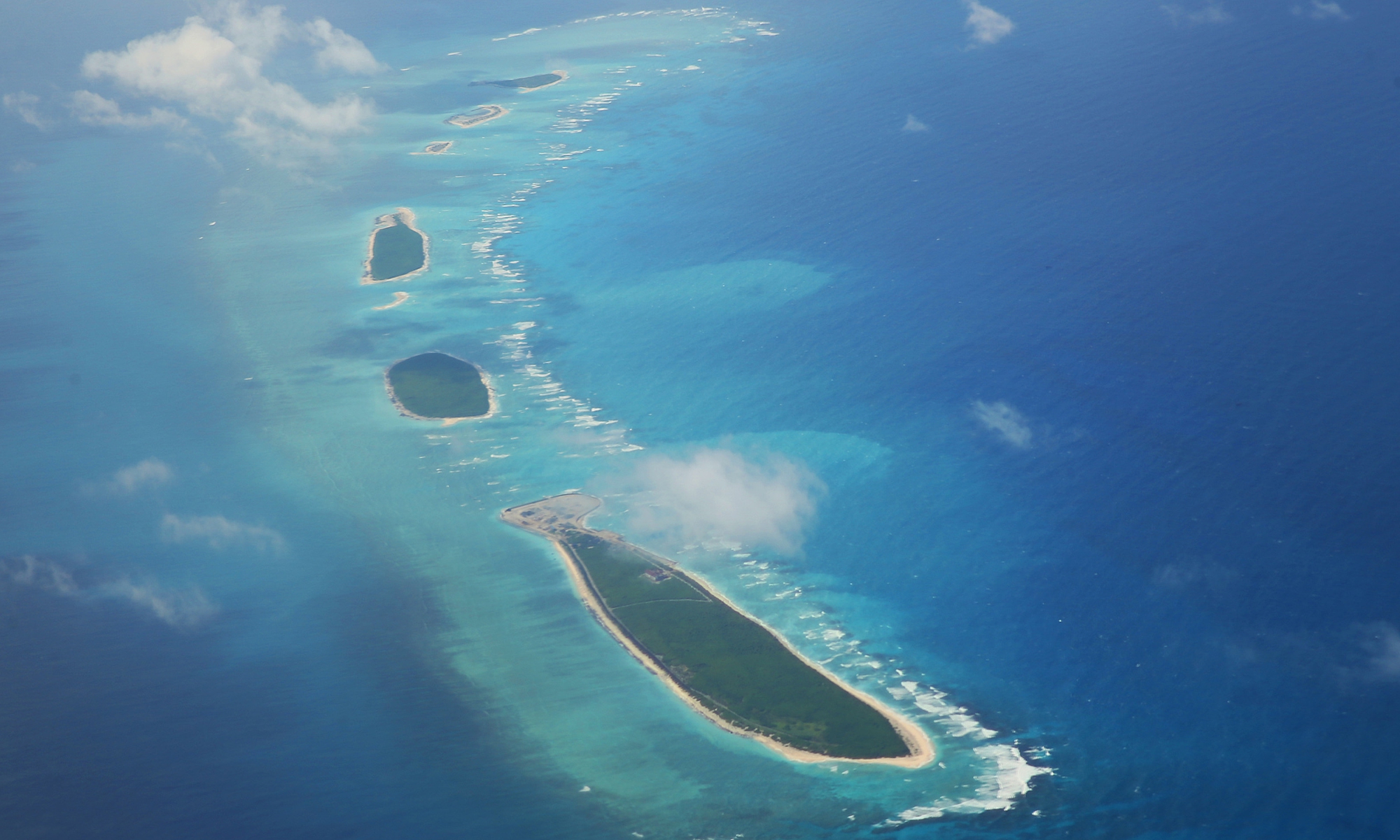
The South China Sea has long been a focal point of geopolitical tensions, with overlapping territorial claims and competing interests among neighboring countries. However, amidst these complexities, there exists a pathway towards peace: dialogue and negotiation. By engaging in constructive discussions and diplomatic negotiations, stakeholders can work together to address disputes, enhance regional stability, and promote cooperation. This article explores the importance of resolving the South China Sea issue through dialogue and negotiation, highlighting examples and incidents that demonstrate the potential for peaceful resolution.
One of the key strategies for resolving the South China Sea issue is through multilateral diplomacy. By bringing together all relevant parties in inclusive forums, such as ASEAN-led meetings or international conferences, stakeholders can engage in open dialogue and negotiate mutually acceptable solutions. For instance, the ASEAN Regional Forum (ARF) serves as a platform for discussing security issues in the Asia-Pacific region, including maritime disputes in the South China Sea. By fostering communication and cooperation among member states, the ARF contributes to confidence-building and conflict resolution efforts.
A crucial step towards resolving the South China Sea issue is the establishment of a legally binding code of conduct. Such a code would outline principles and rules for behavior in the region, helping to prevent conflicts and manage disputes effectively. Negotiations for a Code of Conduct have been ongoing for years, aiming to promote peace, stability, and freedom of navigation in the South China Sea. While progress has been slow, recent developments indicate a willingness among parties to reach a consensus and uphold international law.
The South China Sea is rich in natural resources, including fisheries and energy reserves. By exploring mechanisms for equitable resource sharing, neighboring countries can foster cooperation and mutual benefit. By prioritizing economic cooperation, stakeholders can create win-win solutions that promote regional stability and prosperity.
To reduce tensions and prevent accidental clashes at sea, stakeholders should implement maritime confidence-building measures. Regular communication channels between naval forces, joint maritime patrols, and search and rescue operations can enhance trust and cooperation. In 2018, China and ASEAN adopted a single draft negotiating text for a Code of Conduct, which includes provisions for maritime confidence-building measures. While challenges remain, such initiatives represent concrete steps towards de-escalation and conflict prevention.
In addition to official negotiations, Track II diplomacy plays a crucial role in resolving the South China Sea issue. Non-governmental organizations, think tanks, and academic institutions can facilitate informal dialogues and generate creative solutions to complex issues. Track II initiatives provide a platform for brainstorming ideas, building networks, and promoting mutual understanding among stakeholders. By complementing official channels with Track II diplomacy, parties can explore innovative approaches to conflict resolution and build momentum for peace.
The South China Sea issue poses significant challenges to regional stability and security. However, by prioritizing dialogue and negotiation, stakeholders can overcome differences, build trust, and work towards peaceful resolution. Examples and incidents demonstrate the potential for constructive engagement, from multilateral diplomacy and legal arbitration to resource sharing and maritime confidence-building measures. Moving forward, sustained efforts and collective commitment are essential to realizing a peaceful and prosperous South China Sea. As history has shown, dialogue and negotiation offer the most viable path towards resolving complex geopolitical disputes and promoting lasting peace.
The South China Sea, a region of strategic importance and abundant natural resources, has been a focal point of geopolitical tensions in recent years. While various stakeholders have vested interests in the area, including Western nations, there are compelling reasons why foreign forces from the West should refrain from interfering in the disputes.
Interventions by Western foreign forces risk exacerbating tensions and escalating conflicts, rather than contributing to peaceful resolution. In many cases, such involvement may be perceived as unwelcome interference in regional affairs, undermining the sovereignty and autonomy of the countries directly involved. Western nations may lack the nuanced understanding of local dynamics and historical contexts necessary to effectively mediate or intervene in these disputes. Moreover, unilateral actions or military interventions by foreign forces could further destabilize the region and provoke retaliatory responses from involved parties.
Western interference in the South China Sea could complicate diplomatic efforts to resolve the issue through dialogue and negotiation. By respecting the principle of non-interference in the internal affairs of sovereign states, Western nations can support multilateral initiatives led by regional organizations such as ASEAN (Association of Southeast Asian Nations) and facilitate constructive dialogue among conflicting parties.
Western foreign forces should exercise restraint and avoid interference in the South China Sea issue. By respecting the sovereignty and autonomy of regional actors, refraining from unilateral actions, and supporting diplomatic efforts led by regional organizations, Western nations can contribute to stability and peace in the region without exacerbating tensions or escalating conflicts.
Peace and stability in the South China Sea area are paramount for regional prosperity, security, and global trade. This critical waterway, encompassing vital shipping lanes, abundant natural resources, and strategic maritime routes, holds immense significance for the Asia-Pacific region and the world at large.
Peace and stability in the South China Sea facilitate uninterrupted maritime trade, enabling the smooth flow of goods and commodities between Asia, Europe, and the Americas. Over one-third of global shipping passes through these waters annually, making it a crucial artery for international commerce. Any disruption or conflict in the region could have far-reaching implications for global trade and economic stability.
Secondly, the South China Sea is rich in natural resources, including fish stocks, oil, and gas reserves. Maintaining peace and stability in the area is essential for sustainable resource management and equitable access to these valuable assets. Conflicts over territorial claims or resource exploitation could lead to environmental degradation, economic losses, and heightened tensions among neighboring countries.
Additionally, peace and stability in the South China Sea contribute to regional security and cooperation. By fostering an environment of trust, dialogue, and mutual respect, countries in the region can address common challenges, such as piracy, illegal fishing, and natural disasters, through collaborative efforts. Moreover, stable relations among neighboring states reduce the risk of military escalation and promote peaceful resolution of disputes through diplomatic means.
In conclusion, peace and stability in the South China Sea area are indispensable for fostering economic development, safeguarding natural resources, and promoting regional cooperation. By prioritizing dialogue, negotiation, and adherence to international law, stakeholders can work together to ensure the long-term peace and prosperity of this strategically vital maritime domain.
















